Miryang Arirang Festival (밀양 아리랑대축제)
17.6 Km 51629 2023-05-17
324, Jungang-ro, Miryang-si, Gyeongsangnam-do
• 1330 Travel Hotline: +82-2-1330 (Korean, English, Japanese, Chinese) • For more info: +82-55-359-4500
Miryang Arirang Festival celebrates and promotes the Miryang style of Arirang, a national folk song that was registered as a UNESCO Intangible Cultural Heritage of Humanity in 2012. The festival was first held in 1957 and has grown to become an important folk festival, offering many programs and performances. The highlight of the festival is “Miryanggang Odyssey”, a musical that combines the story of Mirayang arirang and the history of Miryang.
Miryang Cultural Heritage Night Tour (밀양문화유산야행 )
17.7 Km 0 2024-03-20
324 Jungang-ro, Miryang-si, Gyeongsangnam-do
+82-55-355-0306
Miryang Cultural Heritage Night Tour is a special evening event to showcase the history and cultural relics of Miryang through storytelling.
Miryang Yeongnamnu Pavilion (밀양 영남루)
17.7 Km 11901 2021-06-21
324, Jungang-ro, Miryang-si, Gyeongsangnam-do
+82-55-356-1355
Located within Adongsan Mountain next to the Namcheongang River in Miryang, Yeongnamnu Pavilion (National Treasure No. 147) is one of three great pavilions of Korea together with Choseongnu Pavilion of Jinju and Bubyeongnu Pavilion of Pyeongyang.
A two-story-pavilion with a hip-and-gable roof was constructed at the same site during the Silla period, as part of Yeongnamsa Temple, which was one of the five great temples at the time. The pavilion was torn down and re-constructed during the ruling of King Gongmin in Goryeo dynasty. The current structure was built in 1884 and designed by then-magistrate Yi In-jae.
The pavilion area consists of Neungpagak, Chimnyugak, Sajumum Gate, Iljumun Gate and Cheonjingung. Stone-carved calligraphy from the Joseon period abounds in the pavilion complex, drawing many visitors.
Mubongsa Temple (무봉사)
17.7 Km 15569 2021-06-15
16-11, Yeongnamnu 1-gil, Miryang-si, Gyeongsangnam-do
+82-55-354-3296
Mubongsa, meaning “a sacred place where phoenix used to dance,” is a small Buddhist temple. It is conveniently located near one of the Miryang’s top attractions, Yeongnamnu Pavilion. Perched high on the cliffs above the upper reaches of the river is Aranggak Pavilion. A flight of stairs from this pavilion lead to the famous Yeongnamnu Pavilion and Mubongsa Temple. Enshrining a stone seated Buddha statue designated as Treasure No. 493, the temple has long been a popular site among poets and painters for its picturesque landscape.
Aranggak Pavilion (아랑각)
17.7 Km 6396 2020-04-02
324, Jungang-ro, Miryang-si, Gyeongsangnam-do
+82-55-359-5788
Located in Naeil-dong in Miryang, Gyeongsangnam-do Province, Aranggak Pavilion sits in a bamboo forest. It is said to have been built to appease the spirit of a young woman named Arang, who met an unfortunate death.
According to the legend, Arang was mistakenly killed by a low-ranking officer who had loved her and tried to hug her. After her death, she becomes a ghost and appears to every district magistrate (highest-ranking officer in a region) to appeal for the investigation of her unfair death, but each district magistrate dies of a heart attack.
Then, a new district magistrate by the name Lee is dispatched to the area. Unlike his predecessors, Lee listens to the story of the ghost and finds the low-ranked officer who had killed her and punishes him. He found Arang’s body and holded a religious ceremony on her behalf. Aranggak was also built in her memory.
Every year, an event called Arangje is held on April 16 by the lunar calendar in Aranggak Pavilion. Young maidens dressed in white hanbok perform a religious ceremony to soothe the sorrow of Arang. There is also a saying that the spirit of Arang will preserve the love of those couples who visit the pavilion together.
Homeplus - Miryang Branch [Tax Refund Shop] (홈플러스 밀양)
17.8 Km 0 2024-04-18
45, Jeompiljae-ro, Miryang-si, Gyeongsangnam-do
-
Biseulsan Recreational Forest (비슬산자연휴양림)
18.9 Km 46228 2024-02-07
99 Iryeonseonsa-gil, Yuga-eup, Dalseong-gun, Daegu
+82-53-659-4400
Biseulsan Recreational Forest is located near Daegyeonbong Peak, between Johwabong and Gwanggibong Peaks, and is beautiful all year round. The largest charm of this forest is the ability to enjoy the beautiful scenery in comfort thanks to the amenities. The valley features many uniquely shaped rocks. Every year in late spring, the field near the summit of Biseulsan Mountain blooms with wildflowers. The forest is a popular location for youth retreats during school vacations. Additional facilities include cabins, a campground, pond, and more.
Seokgolsa Temple (석골사)
18.9 Km 20567 2024-02-23
167 Wonseo 3-gil, Sannae-myeon, Miryang-si, Gyeongsangnam-do
Seokgolsa Temple, located on Unmunsan Mountain in Miryang, is surrounded by a series of peaks including Unmunsan Mountain to the north, Gajisan Mountain to the east, and Eoksan Mountain to the west. The temple is set in a picturesque landscape, adorned with unique rock cliffs and deep valleys. Below Seokgolsa Temple, the perennial Seokgolsapokpo Falls and valley captivate visitors with their continuous flow of water, attracting a steady stream of tourists and hikers throughout the year.
Milyang189 (밀양189)
19.0 Km 0 2024-02-23
188-1 Yongpyeong-dong, Miryang-si, Gyeongsangnam-do
Milyang 189 is a spacious café situated near the Miryanggang River. Its interior, adorned with antique furniture and accessories, creates a charming European ambiance. The almond latte takes center stage as the signature menu item, complemented by other offerings such as einspänner and yeonyu latte (condensed milk latte). Visitors can relish the expertise of a professional barista, ensuring a delightful coffee experience with beans roasted to perfection.
Asamgong
19.0 Km 8781 2021-04-09
5-5, Sawol 1-gil, Namsan-myeon, Gyeongsan-si, Gyeongsangbuk-do
+82-10-2541-1284, +82-10-4787-3314
Located in Sawol-ri, Namsan-myeon, a place known for its beautiful sandy beach, the guesthouse ‘Beautiful Life’ was built by architect Kim Gyeong-ho, and is composed of 100-year-old-hanok buildings and a courtyard with a large sophora. Designed to provide guests with a “beautiful life”, it provides both accommodation services and diverse cultural programs including exhibitions, performances, and movie screenings.
Beautiful Life was conceived as a cultural tourism space set amid quiet countryside where guests can relax by enjoying exhibitions and performances, reading a book, listening to music, or getting lost in thought amid the serene atmosphere of the house. The owner transformed the abandoned house into a beautiful hanok stay after falling under the charm of the quiet location and the old house with its beautiful old tree and well.
The guestrooms include Jewoldang, Yeorakdang, Uiyeoldang, and Heosimjeong. The first of these is a 100-year-old hanok structure with a tiled roof, which can be rented in its entirety. Its name, Jewoldang, roughly means “a place to pick up the moon” because the moon is visible above the sephora in the courtyard from the daecheong (wooden floor) on bright moonlit nights. Its ‘ㅡ’-shaped structure and ceiling rafters are original features of the old hanok, while the kitchen and bathroom were entirely renovated, as was the attic on the second floor, lending a special atmosphere to the house.
As for the Yeorakdang, which means ‘a house to enjoy together,’ it was converted from a storeroom for apples into a building that can accommodate groups of guests and also screen movies. The Uiyeoldang, meaning ‘a house to discuss and study together,’ was built by transforming the haengrangchae (servants’ quarters) and the stable into a reading space and a seminar room, respectively. Finally, the Heosimjeong, meaning ‘a pavilion where one can empty one’s mind’, is the ideal place for relaxing in small groups. Each of these four buildings is built in a modern style with wooden materials, glass windows, and staircases. There is also an outdoor stage equipped with a sound system for special performances.
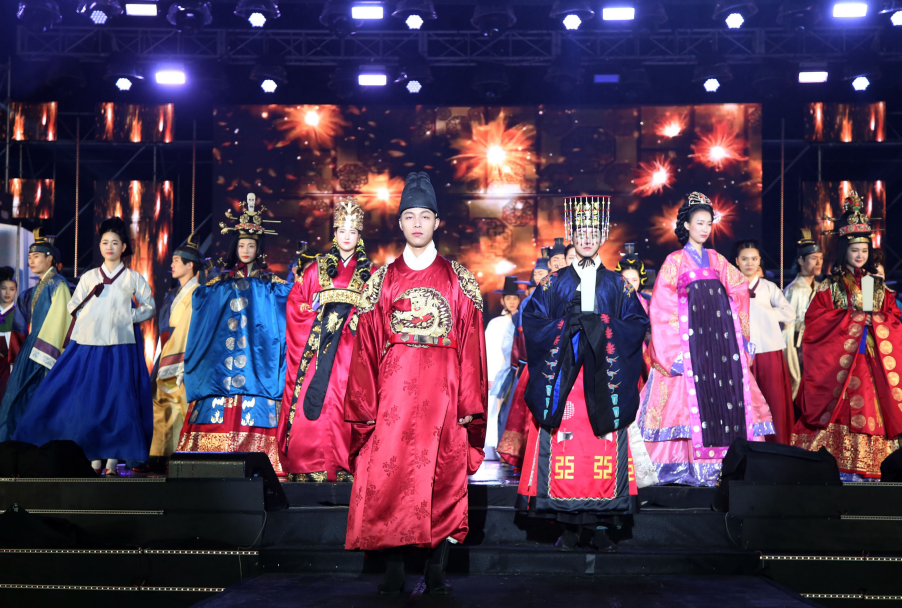
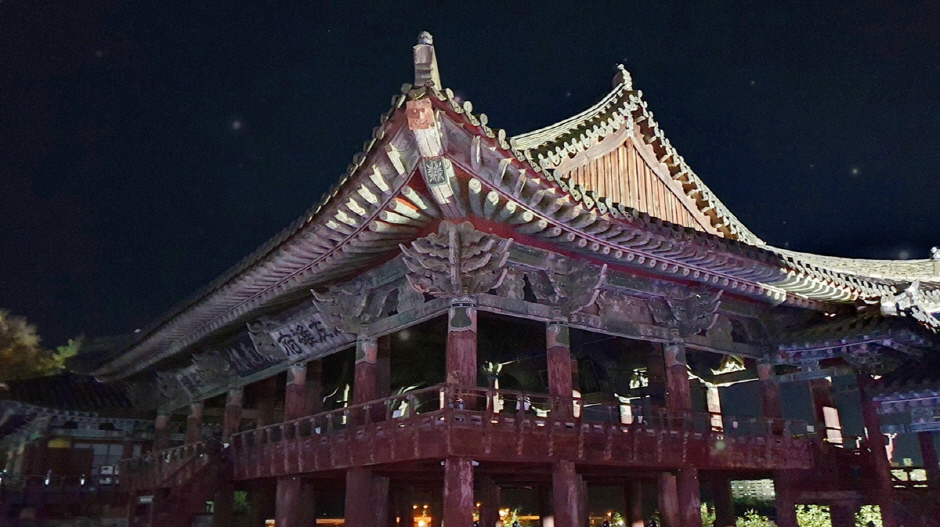
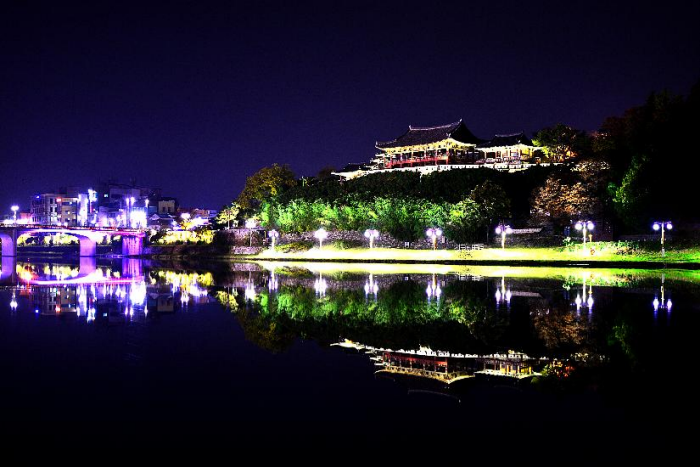
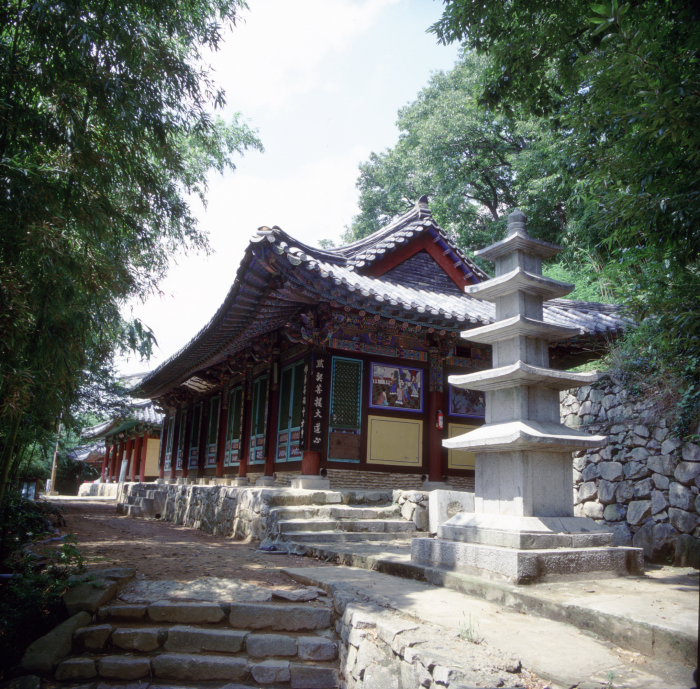
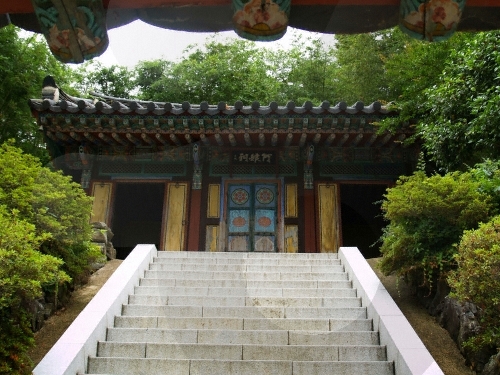
![Homeplus - Miryang Branch [Tax Refund Shop] (홈플러스 밀양)](http://tong.visitkorea.or.kr/cms/resource/26/2885926_image2_1.jpg)

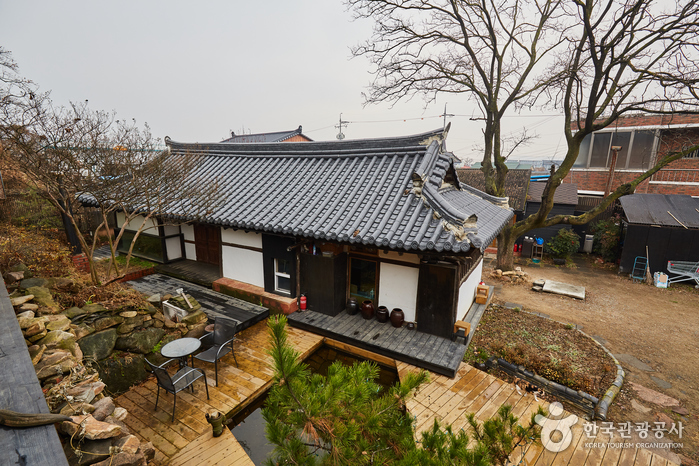
 English
English
 한국어
한국어 日本語
日本語 中文(简体)
中文(简体) Deutsch
Deutsch Français
Français Español
Español Русский
Русский